What is IPv6?
IPv6 may seem complicated, but it doesn't have to be

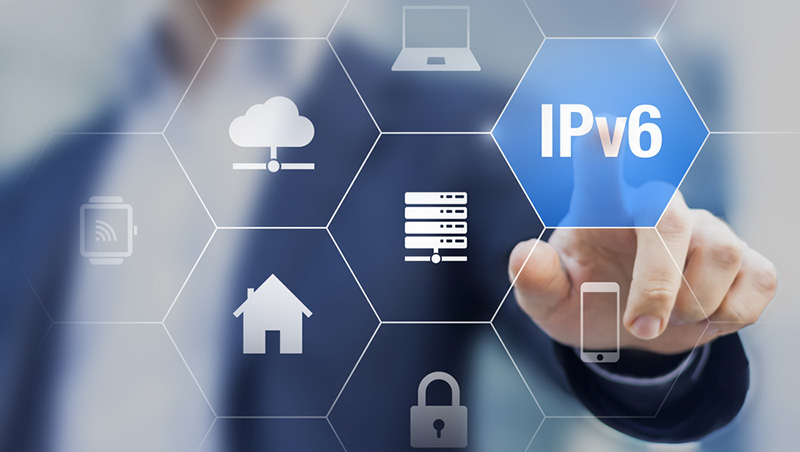
The internet protocol is the way computers, and similar devices, communicate across networks - with IPv6 its latest version. But this most recent iteration functions in a new way and could prove to be intimidating for any organisation reluctant to invest time and effort into mastering a new system.
Thankfully, despite employing hexidecimal addresses, which many industry leaders find somewhat over the top, IPv6 isn't as complicated as it seems at first, for instance, the latest internet protocol iteration can run on a network's existing infrastructure - so those looking upgrade won't need to instigate any huge, potentially disruptive changes.
IPv6 can even work alongside existing IPv4 infrastructure, operating as an independent but parallel network - meaning there's no need to plough any effort into refreshing your knowledge of tunnelling, or 6to4 gateways. There's no need to employ anybody else to handle this either.
Step one in setting up the new infrastructure is to make sure the network you're using, and all the devices it harbours, are IPv6-aware, and have been configured with the right addresses. This often involves the simple task of ticking a box on the router admin page, and ensuring there is adequate support from your Internet Service Provider (ISP) to run IPv6 addresses - a job made easier by checking your network's status on sites such as test-ipv6.com.
With that done, you can more or less forget about IPv6. You normally won't even know when you're using it: you will still be able to type in an address such as "google.co.uk", as you do now, and your local DNS server will direct you to the right site, via the right protocol. You can also continue to use local network names to connect to your home computers and other devices, which means you'll very rarely need to interact with those lengthy IPv6 addresses.
For the odd occasions when you do, you can take advantage of certain rules that make IPv6 addresses a bit easier to work with. For example, let's say that your full IPv6 address is "2001:0db8:85a3:0000:0000:8a2e:0370:7334". To make things more convenient, where a group of numbers starts with a zero, that zero is conventionally omitted, and if one or more consecutive groups consists entirely of zeroes, they're replaced by a pair of colons. So your address would be written as 2001:db8:85a3::8a2e:370:7334. Yes, it's still not as memorable or convenient as 192.168.1.1, but it's certainly an improvement.
Sign up today and you will receive a free copy of our Future Focus 2025 report - the leading guidance on AI, cybersecurity and other IT challenges as per 700+ senior executives

Keumars Afifi-Sabet is a writer and editor that specialises in public sector, cyber security, and cloud computing. He first joined ITPro as a staff writer in April 2018 and eventually became its Features Editor. Although a regular contributor to other tech sites in the past, these days you will find Keumars on LiveScience, where he runs its Technology section.
-
 NHS supplier DXS International confirms cyber attack – here’s what we know so far
NHS supplier DXS International confirms cyber attack – here’s what we know so farNews The NHS supplier says front-line clinical services are unaffected
-
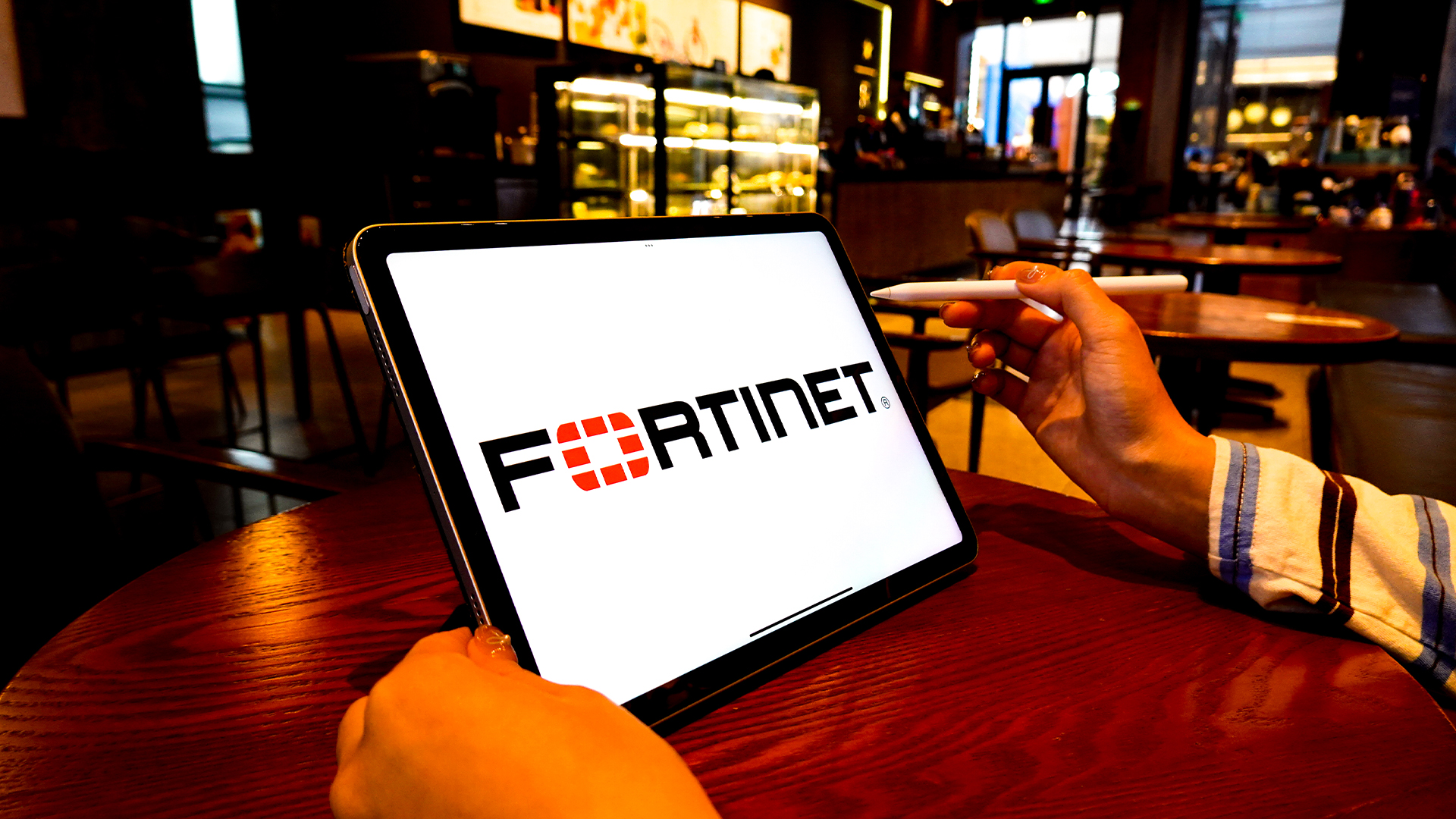 Two Fortinet vulnerabilities are being exploited in the wild – patch now
Two Fortinet vulnerabilities are being exploited in the wild – patch nowNews Arctic Wolf and Rapid7 said security teams should act immediately to mitigate the Fortinet vulnerabilities
-
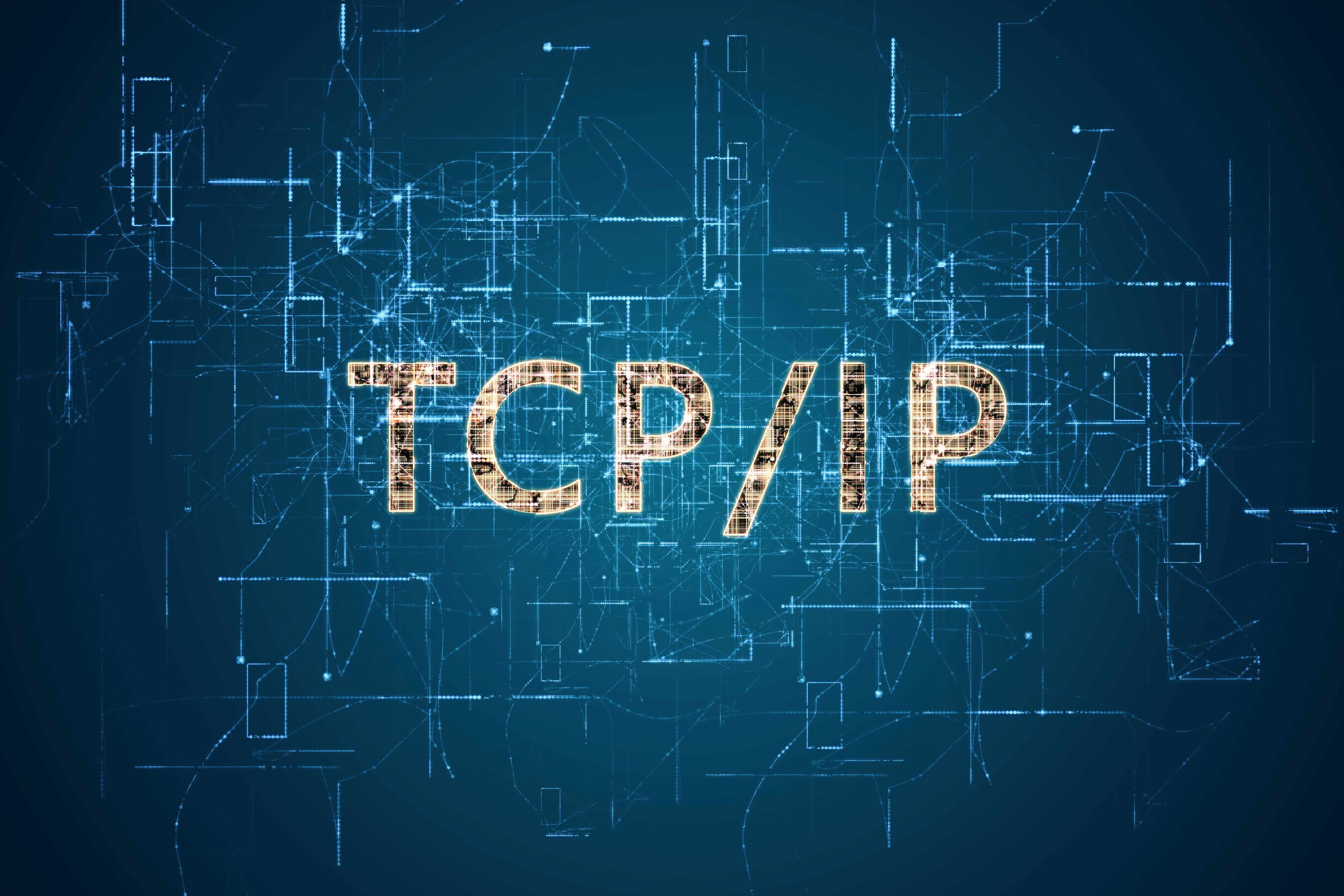 What is TCP/IP?
What is TCP/IP?In-depth How this protocol from the 1970s keep the internet operational
-
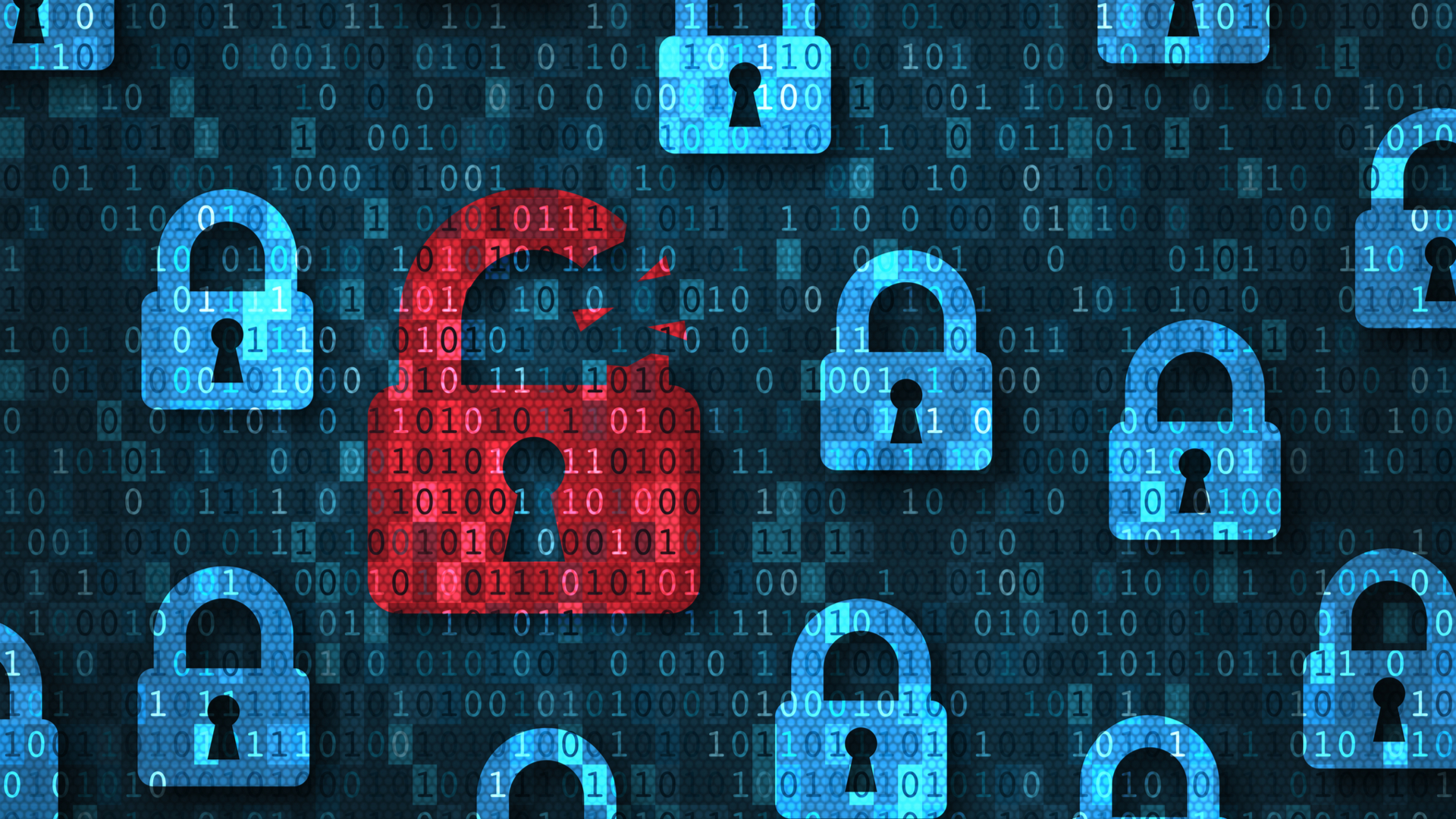 Netmask flaw allows hackers to bypass server access controls
Netmask flaw allows hackers to bypass server access controlsNews The vulnerability could leave thousands of networks open to server-side request forgery
-
 Whatever happened to IPv6?
Whatever happened to IPv6?In-depth It was the talk of the town a few years ago, but we now appear to have enough IP addresses for everyone – what happened?
-
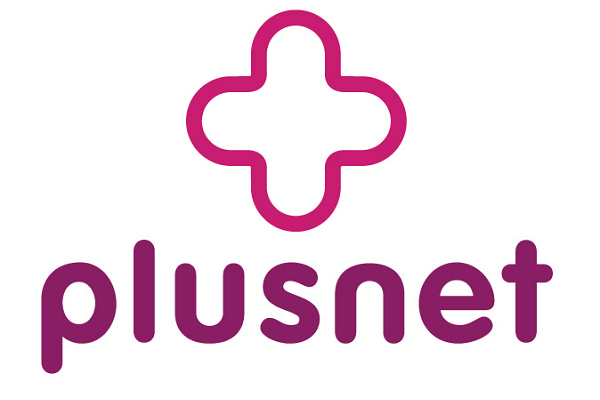 Plusnet to share customer IP addresses
Plusnet to share customer IP addressesNews Trials set to take place to share IP addresses as IPv6 fails to take off in the UK.
-
 HP: Enterprise driving European take-up of IPv6
HP: Enterprise driving European take-up of IPv6News Hardware giant claims competitive pressures are driving adoption within mainland Europe.
-
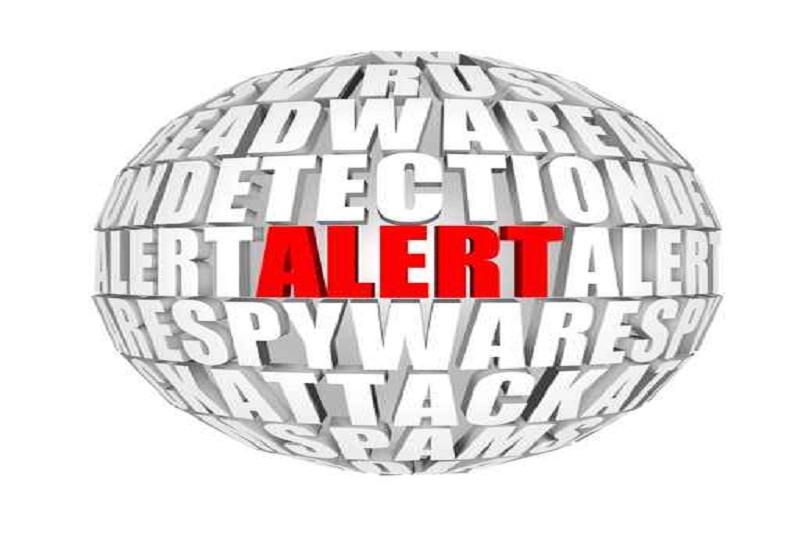 Firms warned over IPv6 security risks
Firms warned over IPv6 security risksNews Industry players urge end users to step up security as IPv6 adoption grows.
-
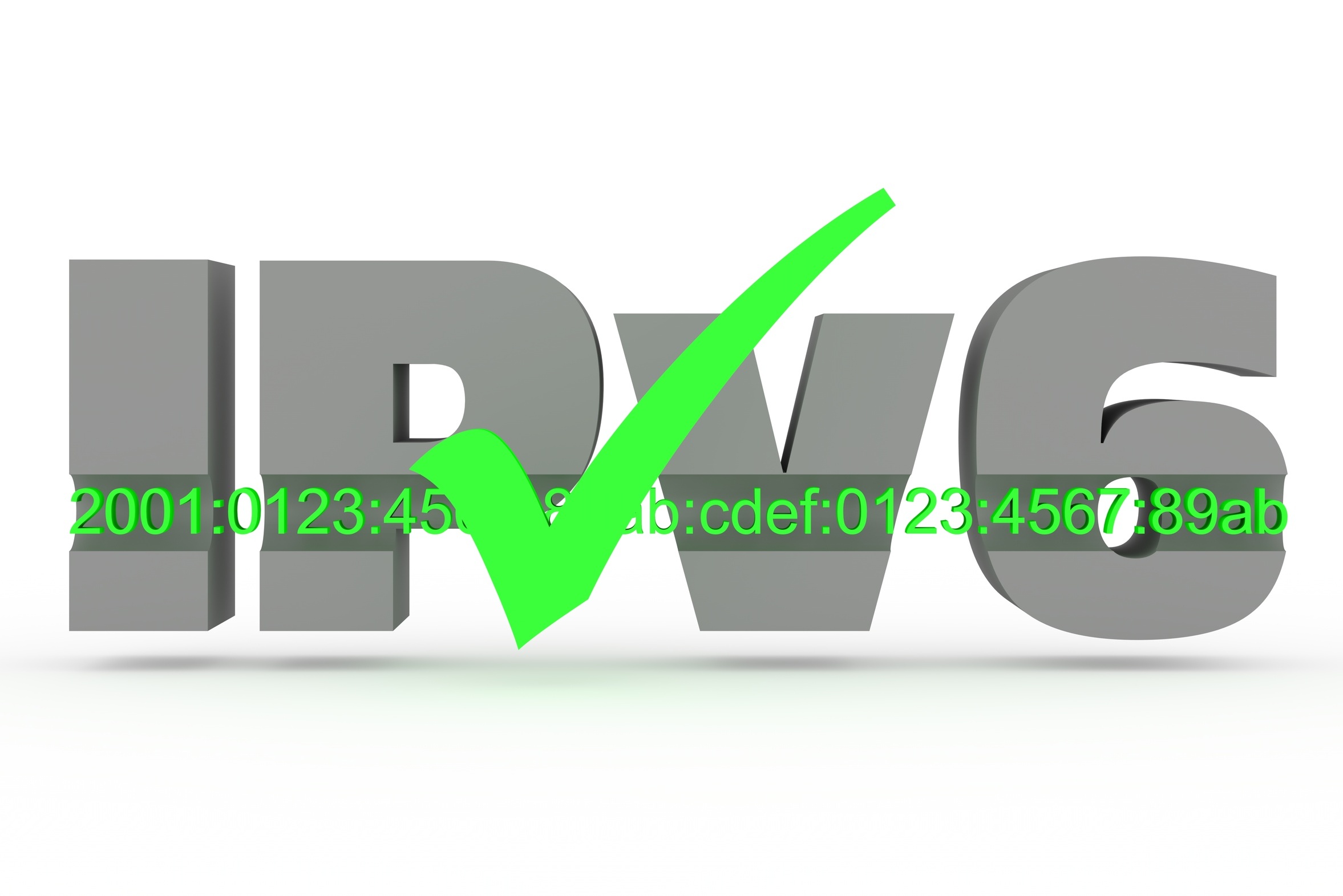 Are you ready to launch IPv6 securely?
Are you ready to launch IPv6 securely?In-depth Davey Winder says that despite the unnecessary scare stories, businesses need to think about migrating to IPv6 securely now.
-
 Top 10 threats facing the enterprise - Part One
Top 10 threats facing the enterprise - Part OneIn-depth We speak to the security experts on the frontline about the threats they see as most serious for businesses.